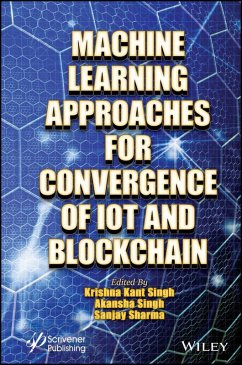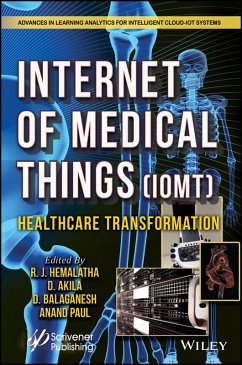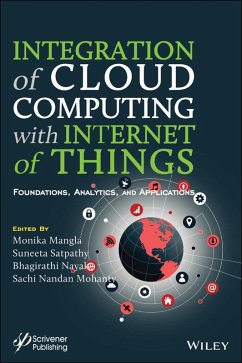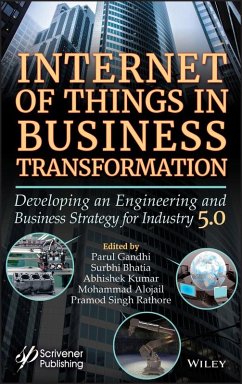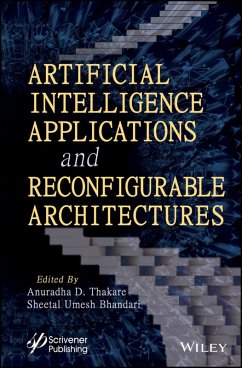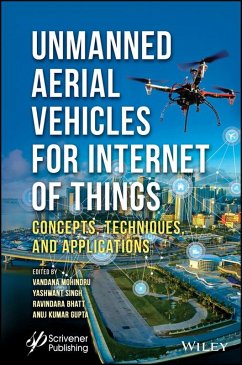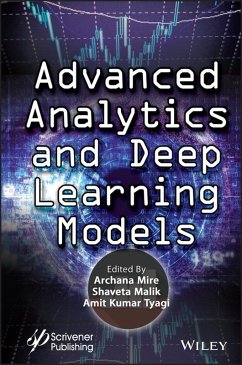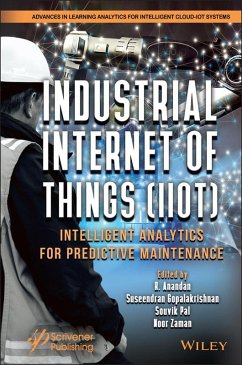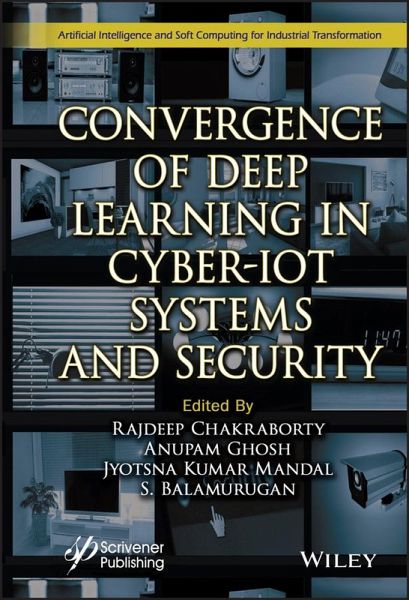
Convergence of Deep Learning in Cyber-IoT Systems and Security (eBook, ePUB)
Versandkostenfrei!
Sofort per Download lieferbar
173,99 €
inkl. MwSt.
Weitere Ausgaben:

PAYBACK Punkte
0 °P sammeln!
CONVERGENCE OF DEEP LEARNING IN CYBER-IOT SYSTEMS AND SECURITYIn-depth analysis of Deep Learning-based cyber-IoT systems and security which will be the industry leader for the next ten years.The main goal of this book is to bring to the fore unconventional cryptographic methods to provide cyber security, including cyber-physical system security and IoT security through deep learning techniques and analytics with the study of all these systems.This book provides innovative solutions and implementation of deep learning-based models in cyber-IoT systems, as well as the exposed security issues in ...
CONVERGENCE OF DEEP LEARNING IN CYBER-IOT SYSTEMS AND SECURITY
In-depth analysis of Deep Learning-based cyber-IoT systems and security which will be the industry leader for the next ten years.
The main goal of this book is to bring to the fore unconventional cryptographic methods to provide cyber security, including cyber-physical system security and IoT security through deep learning techniques and analytics with the study of all these systems.
This book provides innovative solutions and implementation of deep learning-based models in cyber-IoT systems, as well as the exposed security issues in these systems. The 20 chapters are organized into four parts. Part I gives the various approaches that have evolved from machine learning to deep learning. Part II presents many innovative solutions, algorithms, models, and implementations based on deep learning. Part III covers security and safety aspects with deep learning. Part IV details cyber-physical systems as well as a discussion on the security and threats in cyber-physical systems with probable solutions.
Audience
Researchers and industry engineers in computer science, information technology, electronics and communication, cybersecurity and cryptography.
In-depth analysis of Deep Learning-based cyber-IoT systems and security which will be the industry leader for the next ten years.
The main goal of this book is to bring to the fore unconventional cryptographic methods to provide cyber security, including cyber-physical system security and IoT security through deep learning techniques and analytics with the study of all these systems.
This book provides innovative solutions and implementation of deep learning-based models in cyber-IoT systems, as well as the exposed security issues in these systems. The 20 chapters are organized into four parts. Part I gives the various approaches that have evolved from machine learning to deep learning. Part II presents many innovative solutions, algorithms, models, and implementations based on deep learning. Part III covers security and safety aspects with deep learning. Part IV details cyber-physical systems as well as a discussion on the security and threats in cyber-physical systems with probable solutions.
Audience
Researchers and industry engineers in computer science, information technology, electronics and communication, cybersecurity and cryptography.
Dieser Download kann aus rechtlichen Gründen nur mit Rechnungsadresse in D ausgeliefert werden.





